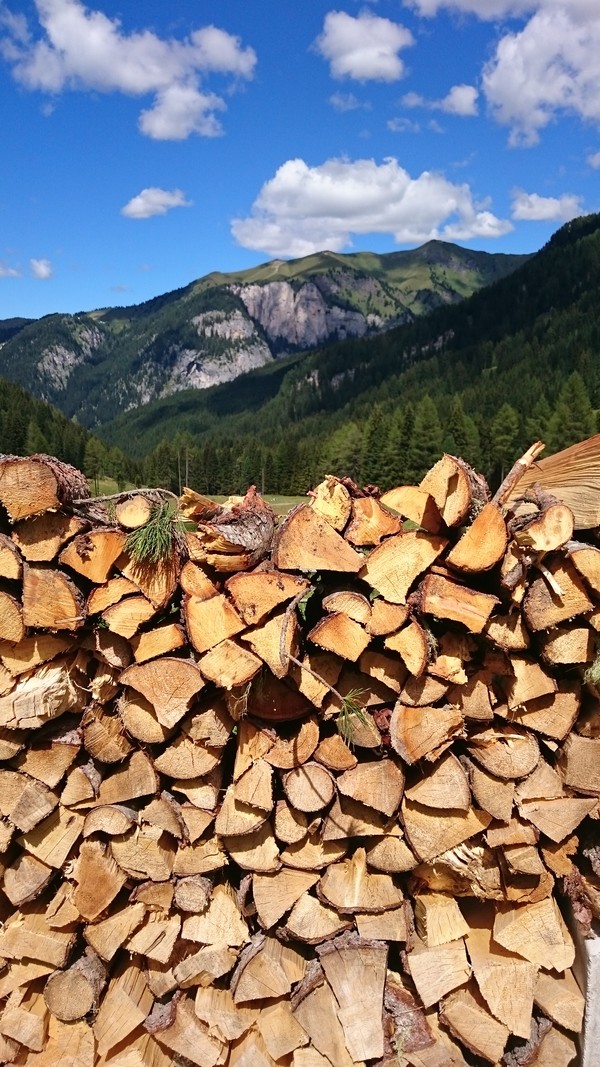
Supply chain technologies in the "energy" area
The use of residues from crops and forests as energy sources is an ancient and a natural practice, especially in rural areas. The new technologies for coverting biomass into energy – representing the core of the EIMA Energy salon – allow more efficient energy outputs and ensure sustainability in the supply chain
This year EIMA International will host the VI edition of the EIMA Energy Salon dedicated to technologies and great challenges of the agricultural sector with relation to urgent issues concerning energy production and the environment. Today, more than ever, with regard to the agreements established by COP 21 in Paris on climate change and Pope Francis’ apostolic exhortation on care for “our common home”, we cannot exempt ourselves from talking about economic development and technological innovation without taking account of a correct management of resources, renewable sources and energy efficiency. In this regard, in order to increase the next edition of EIMA International, by strengthening the programme of the “Energy Section”, will be adopted a series of initiatives in the educational, technical-scientific, strategic and political fields concerning the use of biomass and its positive effects on the territory. Biomass has always been used by mankind for several purposes: food and energy production, chemical industry and landscaping. This system has therefore the abilitity to influence many sectors and may be a valuable instrument to promote a sustainable development in both industrialized and emerging countries, at the condition that it takes on a role in the environmental restoration. This aspect gives an added value to the use of biomass for energy and industrial purposes. A tight connection exists between biomass and territory and a rational use of their potentials may bring significant advantages to both systems. For example, the introduction of innovative non-food crops and the possibility of using them for energy production and the industry, might give a concrete contribution to the restoration of those lands not usable for food production. In this particular case, it is necessary to define appropriate management programmes in cooperation with those created in the food sector. Land health conditions – not only in physical but also in economic and social terms – are essential for the development of energy from biomass. The biomass system draws raw materials from the territory – residues from agricultural and forestry activities, processing industry and dedicated crops for energy or biomaterial production – giving back to the environment energy, products and by-products useful for both agriculture and industry.
Wide programmes of biomass valorisation inevitably have a strong influence on agricultural and forestry areas as well as on abandoned areas that might be converted. In intensive farming areas, there is an increasingly high crop specialization, with a gradual loss of species, reduced cropping alternation (until monoculture crops), fight weed resistance and ongoing biodiversity reduction (with regard to crops and spontaneous plants as well as animals). The system of crop intensification has caused a gradual impoverishment of soil organic matter; a phenomenon involving many abandoned forests. Considering that farmlands and forests continuously exchange carbon dioxide with the atmosphere, their improper use or abandonment might cause a strong increase of carbon dioxide concentration in the air. In this regard, even pros and cons of crops for energy production or industrial use – such as herbal and tree crops – shall be analysed. In fact, in order to improve the quality of the environment, it is necessary to grow appropriate plant species, such as herbal or tree crops with high productivity levels. A correct management of these crops shall be adopted to avoid possible risks for both soil and the environment. Sustainable development is therefore based on three main pillars: economic, social and environmental. Objectives and actions in these three sectors shall be integrated in order to achieve the target of a sustainable society. For an efficient market penetration of biomass use is required a detailed territorial planning of the areas involved, with an evaluation of their geological and pedoclimatic characteristics, resources potentials, available machinery and technologies. Other parameters to be considered are: economic costs of crops and their economic and environmental benefits, the agro-industrial production system, local energy demand, the level of the local environmental degradation, etc. Purely technical problems related to machinery and other systems to be adoped shall be examined only after a detailed evaluation of the above-mentioned macroeconomic and “macroecological” issues. EIMA Energy, through the display of specific technologies for the agro-energy sector and a rich programme of technical and political debates, has the objective of turning energy from biomass in an increasingly effective and accessible solution designed for both farms and consumers.








